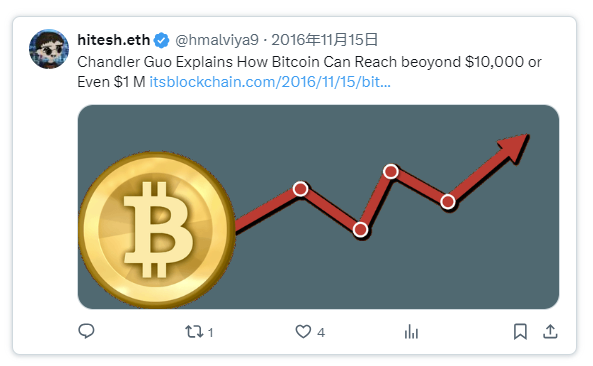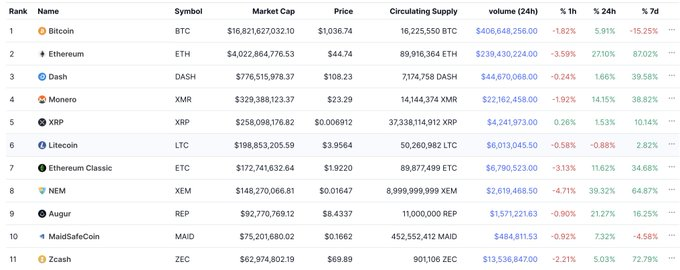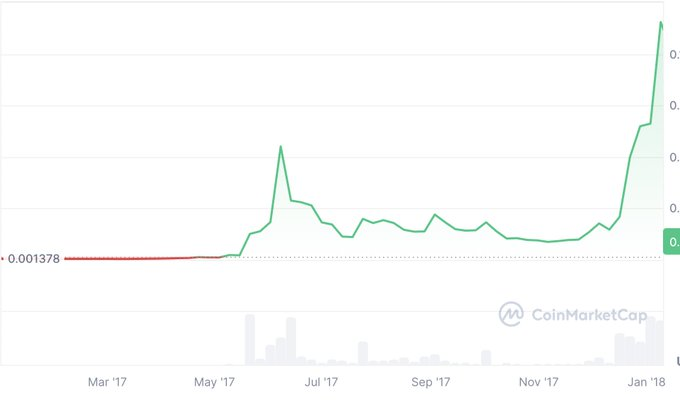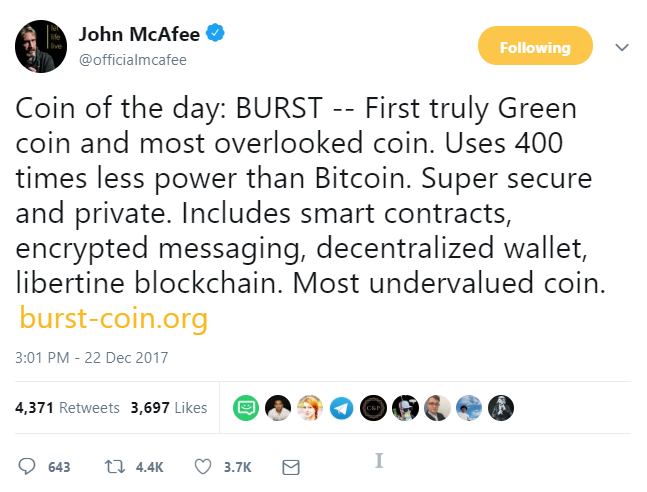Author: hitesh.eth
Compiled by: Tim, PANews
In early 2017, when I began to understand the true potential of Bitcoin, the shock felt like discovering a new spark in the digital age. This was not just a new alternative asset; it was a completely new paradigm, a technology that redefined money.

A decentralized system free from arbitrary interference by governments and central banks provides financial autonomy for anyone who chooses to participate. It is not merely an investment behavior; it is a financial revolution. I hoped everyone around me could understand what I saw.
I prepared a long message and sent it via WhatsApp to 100 people, suggesting they all buy Bitcoin, while also recommending a consulting service that could help them increase their Bitcoin holdings. Although I had achieved some initial success in altcoin investments, I naively thought it would not be difficult to double everyone’s Bitcoin assets within a few months. However, my understanding of the market was still in its infancy, and I failed to fully grasp how narrative logic and emotional shifts drove price movements in this young market.
Based on the limited data available at the time, I gradually formed my understanding of the market. Most altcoins launched between 2015 and 2017 lacked a long trading history to draw from. Their price charts displayed what seemed like an everlasting upward trend, with minor pullbacks appearing as a "pause" before a new round of increases.

This 'buy-hold-wait-appreciate' model was intoxicating: buy, hold, wait, and then watch your holdings increase in value. The "design" concept of the cryptocurrency market seemed to suggest it only goes up, and this idea quietly took root in my mind. The market volatility at the time did not scare me; I thought it was just a part of the necessary experience.
In theory, I firmly believed I could remain calm during market pullbacks, but the first major adjustment in the second quarter of 2017 shattered that illusion. It was not just a simple pullback; it was a crash. Tokens that had performed well in the first quarter hit new lows, with declines of 70-80%, and our faith crumbled in an instant.

As I watched my holdings shrink, excitement turned to panic, and optimism shifted to doubt. Yet, I continued to hold on, convinced this was just the agony before the next rise. But instead of doubling my Bitcoin position, I ended up reducing my holdings by 70-80%, returning to square one.
Uncertainty in the market followed. Bitcoin soared from $10,000 to $20,000, while altcoins struggled to recover. The market sentiment around Bitcoin was chaotic; today it was hailed as the future of currency, and tomorrow it would be flooded with "death" reports in the media: China's bans, regulatory crackdowns, hacking attacks. Every negative news item would stir up waves in the market. My initial firm belief began to waver. Were we really on the brink of a financial revolution? Or was this just another speculative bubble destined to burst?
Then came January 2018, a month that completely refreshed my understanding of the market. Altcoins not only rebounded but experienced explosive growth. TRX surged 100 times in just a few weeks, and countless projects that had been criticized made a strong comeback, some skyrocketing tenfold, others even more. The market fell into a frenzy, and everyone felt like an investment genius.

The anxiety of the past few months dissipated with the emergence of a green candlestick. In that moment, I formed a new understanding: perhaps this is how the market operates. After a catastrophic pullback, its return would be even more vigorous.
This belief was veiled in deception before our eyes. We tried to convince ourselves of a "new normal": we all told ourselves this was the new normal, believing that every crash was merely a prelude to the next surge. We waited for the return of "green months," convinced that patience would eventually pay off. But so far, none of this had come to pass. The market continued to bleed, and the once-exciting capital game gradually morphed into a slow and painful reality: we had long been trapped by our own high expectations. This cycle toyed with us.
Every cycle features moments of extreme euphoria; in the last cycle, we saw the same scenario unfold in the NFT space. Certain NFT series skyrocketed 100 times in a short period, and such "crazy 30 days" occurred three times in a row. It felt just like 2018. Hype, the belief that "this is just the beginning," and FOMO were all strikingly similar. When the market continued to rise after two pullbacks, we thought, "Maybe this is how the market operates," and chose to HODL. However, the outcome played out again: we lost everything. My losses in NFTs were significant, as usual.
People often say, "Learn from your mistakes," but the market always finds a way to make you forget. Your mind deceives you into believing this time is truly different. "I now know how this game works; I won't make the same mistakes again." But the invisible traps are always there. That illusion of thinking you have control and have cracked the code to wealth keeps you in the market too long. In the end, the market is the winner. Over time, you may learn to minimize losses, but the result is still a loss.
Recently, we witnessed history repeating itself once again. This time in the AI Agent sector. Shortly after its public launch, it surged 100 times, and ICOs seemed to make a sudden comeback. It all felt like a déjà vu, just with a different facade. We believed once again that this cycle of euphoria might last for weeks or even months.
We keep making mistakes and stumbling; we know what we are doing, but we cannot stop it from happening. In reality, we cannot control our emotions.
Perhaps right now, you are emotionally thinking that it is all over, and only a few coins will rebound. But the market always acts contrary to expectations, and this time it will do the same. You may be forced to join the table or exit, and to me, that is the fate most retail investors are destined to face.
The only way to help you win in this capital game is to maximize gains when you join the table and minimize losses when you exit. Of course, it is easier said than done.
免责声明:本文章仅代表作者个人观点,不代表本平台的立场和观点。本文章仅供信息分享,不构成对任何人的任何投资建议。用户与作者之间的任何争议,与本平台无关。如网页中刊载的文章或图片涉及侵权,请提供相关的权利证明和身份证明发送邮件到support@aicoin.com,本平台相关工作人员将会进行核查。




